Single Mode Multimode
Yes, as a trusted leader in optical technology with over 25 years of experience in supplying optical solutions for harsh environments, Amphenol Socapex offers highperformance 399based connector solutions that are also easy to use and maintain in the field We have a range of multimode and singlemode connectors for fixed networks that are designed to operate reliably in harsh and.

Single mode multimode. Currently, singlemode fiber is typically less expensive than multimode fiber, but it’s important to keep other price factors in mind as well Most fiber systems use transceivers, which combine a transmitter and receiver into a single module using fiber optic technology to send and receive data over an optical network Right now, the price of multimode transceivers is two or three times lower than the price of singlemode transceivers. The Singlemode SFP and Multimode SFP mean the SFP transceivers will work on different types of optical fibers;. Color Singlemode fiber is usually yellow in color Multimode cables come in different types depending on core dia and bandwidth– OM1, OM2, OM3, OM4, and OM5 OM1 and OM2 fibers are usually orange, OM3 aqua, OM4 aqua or pink and OM5 lime green Vitex carries a large array of singlemode and multimode fiber cables.
Single mode and multimode are not interchangable The main reason is the wave length of the laser and core size of the fiber However, there is 1 type of the Cisco GBIC which can support both single mode and multimode fiber Here is the link for more info, please refer to part number "SFPGEL or GLCLHSM". Singlemode systems are usually, but not always more expensive because of the laser diodes and precise calibration required to inject light into the cable The costs of single vs multimode cable itself are negligible, but singlemode devices often cost more Light travels a longer distance inside singlemode cable than it does inside multimode. As we know, single mode and multimode are not interchangeable The main reason is the wavelength of the laser and core size of the fiber However, take Cisco SFP for example, there is a type of the GBIC SFP module (part number “ SFPGEL ” or “ GLCLHSM “) which can support both single mode and multimode fiber.
When selecting single mode fiber or multimode fiber, the most important thing to consider is the distance requirement Within a data center, it’s typical to use multimode fibers which can get you meters If you have very long runs or are connecting over longer distance, single mode fiber can get you 10km, 40km, 80km, and even farther. Singlemode fiber requires a light source with narrow spectral width making singlemode transceivers and equipment more expensive Multimode fibers typically use lowcost light sources like LEDs or VCSELs Color Singlemode fiber is usually yellow in color Multimode cables come in different types depending on core dia and bandwidth– OM1, OM2, OM3, OM4, and OM5. Single Mode vs Multimode Fiber The Core of the Matter First and foremost, the core of all fiber cables carries light to transmit data The main difference between singlemode and multimode fiber patch cables is the size of their respective cores Singlemode cables have a core of 8 to 10 microns.
Singlemode fiber, with its smaller core, can focus light pulses in a more direct pathway helping it achieve greater distances and faster speeds MultiMode fiber comes in different sizes and specific to network requirements The standard corecladding ratio of multimode fiber measures between 50 to 125 microns allowing emitted light pulses greater space to scatter. Single Mode vs Multimode Fiber Optic Cable A fiber internet connection is a fast and reliable way to transmit data across a network As computers and mobile devices become more integrated, it's important for businesses to make the right choice between a single mode and multimode fiberoptic network. The multimode and singlemode are the types of the optical fiber cable These fiber optics cable variants can be differentiated by the way in which light is transmitted through these fibers The prior difference between multimode and singlemode fiber is that the diameter of core and cladding in multimode fiber lies in the range of 5085 μm.
To convert Single Mode to Multimode, or extend a Multimode network, Fiber to Fiber Media Converters are the devices to useThey are the ideal solution to connect different fiber types, distances and wavelengths (WDM, CWDM & DWDM) across a variety of topologies and network architectures for longer data transmission distances. Single Mode and Multi Mode overview 1 Diameter Single Mode fibre cable has a smaller core diameter than the multimode optic fibre cable The typical core 2 Wavelength & Light Source As multimode has a larger core diameter that’s why it has more wavelength and light source 3 Colour Another. The essential difference between a single mode laser and a multimode laser is that there is one and only one mode in the output beam of a singlemode laser, while there are multiple modes in the output beam mode of a multimode laser Thus, we can judge whether the laser is single mode or multimode by M2 (beam quality).
Fiber mode conversion, especially multimode to singlemode fiber conversion (MMFtoSMF conversion) is required when the distance is an important parameter to consider in optical applications In this tutorial, three methods will be introduced to support mode conversion from multimode to singlemode fibers. Multimode fiber (OM3/OM4/OM5) typically has a much larger core 50µm and usually operates at the wavelength around 850nm) Singlemode fiber (OS2) makes use of a smaller core 9µm and operates at the wavelength between 1260nm1650nm. The multimode and singlemode are the types of the optical fiber cable These fiber optics cable variants can be differentiated by the way in which light is transmitted through these fibers The prior difference between multimode and singlemode fiber is that the diameter of core and cladding in multimode fiber lies in the range of 5085 μm.
Single mode and multimode fiber systems differ in many ways We will focus on two key characteristics the distance light travels and bandwidth Single Mode Fiber Distance and Bandwidth Designed for longdistance communication, a single mode fiber cable allows light signals to travel more than 10 miles, a much longer distance than multimode Single mode fiber also accommodates much higher bandwidths than multimode. Overview of Single Mode vs Multimode Fiber Single mode means the fiber enables one type of light mode to be propagated at a time While multimode means the fiber can propagate multiple modes The differences between single mode and multimode fiber mainly lies in fiber core diameter, wavelength & light source, bandwidth, color sheath, distance and cost Core Diameter. A mode is a ray of light that is transmitted through a fiber optic cable Singlemode fibers have cores of a relatively small diameter compared to the fiber’s cladding and jacket, and allow only one mode of light to propagate The light signal is subject to fewer reflections as it propagates through the fiber, and consequently suffers fewer losses This type of fiber is used for highbandwidth, longdistance communication, on the order of tens to hundreds of kilometers in length.
It depends on the type of optical modules connected to the fiber Multimode fiber (MMF) have 4 different grades 1 OM1 these are very old fibers installed in some buildings and will support 10Gbps SFP optics to 33 m 2 OM2 not as old as OM1. In fiber optic communication, a singlemode optical fiber is an optical fiber designed to carry only a single mode of light, the transverse mode Single –mode fibers achieve large transmission capacities, transports coherent light and maintain state of polarization over a longer distance and can be used for a variety of sensing applications. I have never heard or seen a OM Single mode fiber optics.
Left Single Mode fiber is usually 9/125 in construction This means that the core to cladding diameter ratio is 9 microns to 125 microns Multimode Fiber Optic Cable Multimode fiber optic cable has a large diametral core that allows multiple modes of light to propagate. Multimode and single mode fiber have a different transmisson style in network, Learn it from the below image Multimode fiber has a relatively large light carrying core, usually 625 microns or larger in diameter It is usually used for short distance transmissions with LED based fiber optic equipment Singlemode fiber has a small light carrying core of 8 to 10 microns in diameter. The acronym itself stands for "Optical Multimode" OS is single mode (eg OS1 and OS2) IS there any reference you can share which says OM comes in Single Mode ?.
Singlemode lasers are required to generate a narrow spectral width These are significantly more expensive than their lower spec multimode counterparts Multimode Multimode fiber is used primarily for short distance, narrowband applications such as Ethernet and cable TV Multimode fiber has a larger diameter core, typically 50 or 625um. Multimode fibers are identified by the OM (“optical mode”) designation as outlined in the ISO/IEC standard OM1, for fiber with 0/500MHz*km overfilled launch (OFL) bandwidth at 850/1300nm (typically 625/125um fiber) OM2, Type A1a1 , for fiber with 500/500MHz*km OFL bandwidth at 850/1300nm (typically 50/125um fiber) OM3, Type A1a2. Similarly, multimode connectors cost less than singlemode connectors as a result of the more stringent alignment requirements of singlemode optical fiber Singlemode connections require greater care and skill to terminate, which is why components are often preterminated at the factory.
Singlemode and Multimode SFP SFP, small form factor pluggable transceiver, can support the data rate up to 1Gbps SFPs can be divided into singlemode and multimode modules Fo r singlemode SFPs,. Singlemode systems need coherent sources such as laser diodes, making them more expensive and requiring more precise calibration than LEDs used for multimode fiber systems In singlemode fiber optic cables, the diametral core is small (8 to 10 µm), allowing only one mode of the light to propagate. Singlemode systems are usually, but not always more expensive because of the laser diodes and precise calibration required to inject light into the cable The costs of single vs multimode cable itself are negligible, but singlemode devices often cost more Light travels a longer distance inside singlemode cable than it does inside multimode.
The single mode gives a higher transmission and up to 50 times more distance than the multimode The core from a single mode cable is smaller than one from a multimode Single mode is a vital part of broadband networks It designed to transmit data over long distances, thus making it perfect for cable television networks or college campuses PeakOptical specializes in OS1 Single mode cables They come in handy in indoors situations, where the distance is maximum 00 meters and allow 1 up to. The issue is single mode (OS1 and OS2) fiber cannot be passively spliced or coupled to multimode (OM1, OM2, OM3 and OM4) fiber This is why you rarely see yellow cables (single mode) in the same equipment rack or wallbox as aqua or orange cables (multimode) The issue is the fiber's diametral core size, or the size of the optical glass core. Multimode Fiber Optic Cables Multimode cables are made with thicker cores than single mode cables, typically around 5060 μm These larger cores have more space for bouncing lasers down the length of the cable, which increases signal speed While multimode is faster than single mode, it also has a shorter maximum distance.
Currently, singlemode fiber is typically less expensive than multimode fiber, but it’s important to keep other price factors in mind as well Most fiber systems use transceivers, which combine a transmitter and receiver into a single module using fiber optic technology to send and receive data over an optical network Right now, the price of multimode transceivers is two or three times lower than the price of singlemode transceivers. The issue is single mode (OS1 and OS2) fiber cannot be passively spliced or coupled to multimode (OM1, OM2, OM3 and OM4) fiber This is why you rarely see yellow cables (single mode) in the same equipment rack or wallbox as aqua or orange cables (multimode) The issue is the fiber's diametral core size, or the size of the optical glass core. Multimode fibers are identified by the OM (“optical mode”) designation as outlined in the ISO/IEC standard OM1, for fiber with 0/500MHz*km overfilled launch (OFL) bandwidth at 850/1300nm (typically 625/125um fiber) OM2, Type A1a1 , for fiber with 500/500MHz*km OFL bandwidth at 850/1300nm (typically 50/125um fiber) OM3, Type A1a2.
It offers good performance and is highly favored for singlemode It is also the connector of choice for multimode transceivers for gigabit speeds and higher, including multimode Ethernet and Fiber Channel MTRJ MTRJ is a duplex connector with both fibers in a single polymer ferrule It uses pins for alignment and has male and female versions. Singlemode lasers are required to generate a narrow spectral width These are significantly more expensive than their lower spec multimode counterparts Multimode Multimode fiber is used primarily for short distance, narrowband applications such as Ethernet and cable TV Multimode fiber has a larger diameter core, typically 50 or 625um. Definition Single mode fiber cable due to small diametric core of 810 microns diameter, allows one mode of light to propagate through it Multimode fiber cable due to large diametric core of about 625 microns diameter, allows multiple simultaneous mode of light to propagate through it.
Singlemode cable (OS2) has a small (8–10micron) glass core that is much smaller than multimode and only one pathway of light or mode of propagation (OS stands for optical singlemode) With only a single wavelength of light passing through its core, singlemode fiber realigns the light toward the core center instead of simply bouncing it. Re How to identify the SFP whether single mode and multi mo SR will be multimode and LR will be singlemode Here is a FAQ KB article that may provide you with some useful information. SFP transceiver module, also known as small formfactor pluggable or mini GBIC, is a hotpluggable optical transceiver module which is commonly used for both telecommunication and data communications applications According to the cable type it used together with, SFP transceivers are divided into single mode SFP and multimode SFP.
Multimode fiber is available in two sizes, 625 or 50 microns, and four classifications OM1 (625/125 µm), OM2, OM3, OM4 (50/125 µm) The diameter of a single mode core is 9µm Both fiber types have a cladding diameter of 125 µm or microns. Mode conversion is typically required when Multimode equipment is in a building and connectivity is required to an outside plant singlemode network Legacy equipment uses multimode fixed fiber LC and SC ports, and connectivity is required to singlemode equipment High cost of proprietary. The single mode SFP or multimode SFP means the SFP transceivers which work at different types of optical fibers, ie single mode SFP will work with single mode fiber, while multimode SFP will work with multimode fiber So, what’s the different between them?.
Multimode fiber (OM3/OM4/OM5) typically has a much larger core 50µm and usually operates at the wavelength around 850nm) Singlemode fiber (OS2) makes use of a smaller core 9µm and operates at the wavelength between 1260nm1650nm. Hi, It was mentioned that GLCLHSMD support both Single Mode and MultiMode fiber I think it should be quite sure that it can support Single Mode since this is the only transceivers module that support Single Mode Does anybody have experience. The main difference between singlemode and multimode optical fiber is the size of the core Single mode fiber has a core that measures around 5um while the multimode fiber core measures 50um or more Because multimode fiber is thicker, it can accommodate more signals for greater bandwidth.
Single Mode and Multi Mode overview Single mode fibre optic cable enables the one type of light mode to be propagated at a time Whereas, multimode fibre optic cable means the fibre can propagate multiple modes There is a difference in both the cables which lies in their core diameter, wavelength, the light source, colour, and bandwidth. And what should we notice when using them. Single Mode cable is a single stand of glass fiber with a diameter of to 10 microns that has one mode of transmission Single Mode Fiber with a relatively narrow diameter, through which only one mode will propagate typically 1310nm or 1550nm Carries higher bandwidth than multimode fiber, but requires a light source with a narrow spectral width.
Yes, as a trusted leader in optical technology with over 25 years of experience in supplying optical solutions for harsh environments, Amphenol Socapex offers highperformance 399based connector solutions that are also easy to use and maintain in the field We have a range of multimode and singlemode connectors for fixed networks that are designed to operate reliably in harsh and. Yes, as a trusted leader in optical technology with over 25 years of experience in supplying optical solutions for harsh environments, Amphenol Socapex offers highperformance 399based connector solutions that are also easy to use and maintain in the field We have a range of multimode and singlemode connectors for fixed networks that are designed to operate reliably in harsh and. Most people think singlemode and multimode fiber are not interchangeable Because the wavelength of the laser and core size of the fiber are different Singlemode fiber (MMF) uses a laser as a light source While multimode fiber (MMF) uses an LED to generate the signal.
It offers good performance and is highly favored for singlemode It is also the connector of choice for multimode transceivers for gigabit speeds and higher, including multimode Ethernet and Fiber Channel MTRJ MTRJ is a duplex connector with both fibers in a single polymer ferrule It uses pins for alignment and has male and female versions. Multimode fiber is thicker and measures in the 50 to 100micron range The thinner single mode fiber core has a diameter of only about to 10 microns The thicker, multimode fiber optic cables can handle high bandwidth and faster transmissions but only over short distances One MM cable can handle what would take several SM cables to accomplish. As in a Singlemode SFP will work with Singlemode fiber only, and a Multimode SFP will work with Multimode fiber only.

Single Mode Vs Multimode Fiber What S Difference

Fiber Optic Distance Chart Samil

What Is The Difference Between Singlemode And Multimode Fiber Optic Cables Youtube
Single Mode Multimode のギャラリー
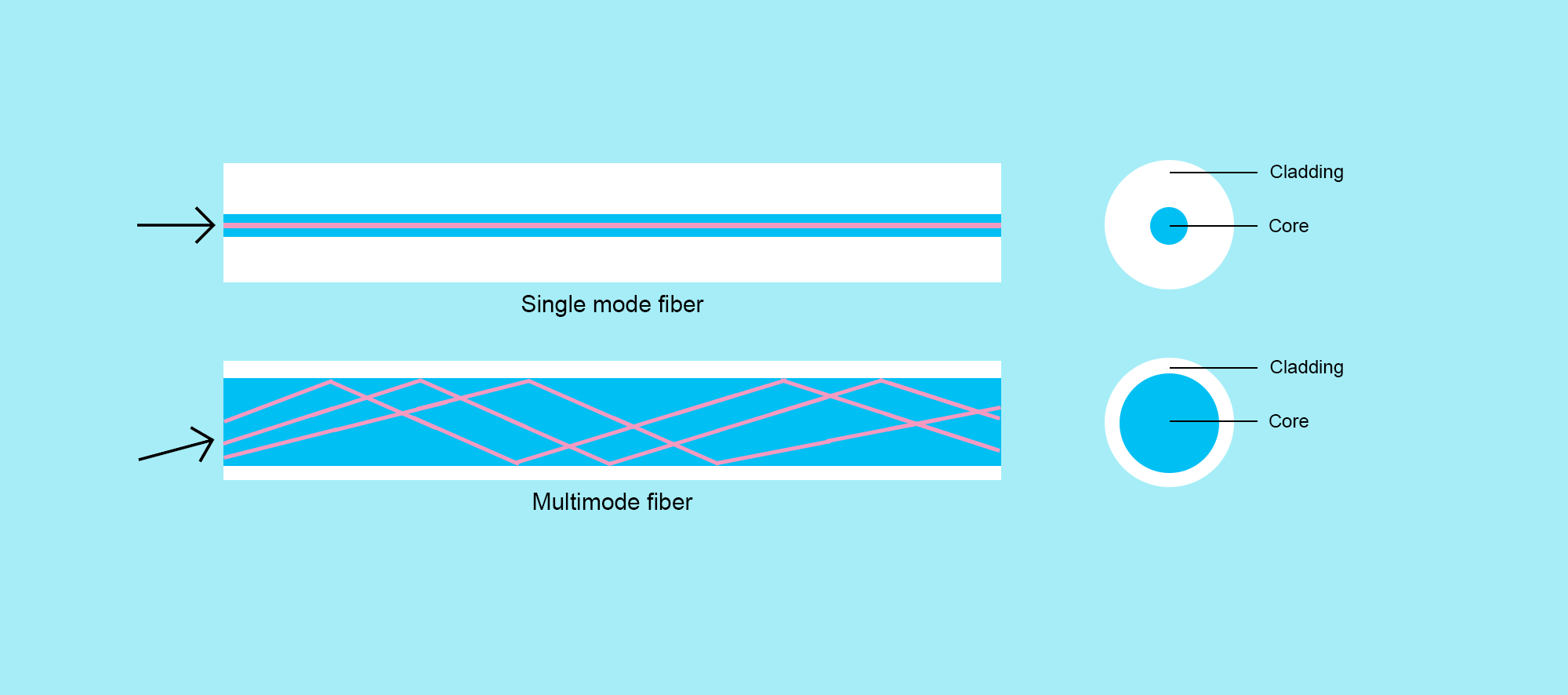
When To Convert From Multimode To Single Mode Peakoptical A S

Schematic Configuration Of The Single Mode Multimode Single Mode Fiber Download Scientific Diagram

Pdf The Difference Between Single Mode And Multimode

What Are The Differences Between Single Mode And Multi Mode Optical Fibers Quora
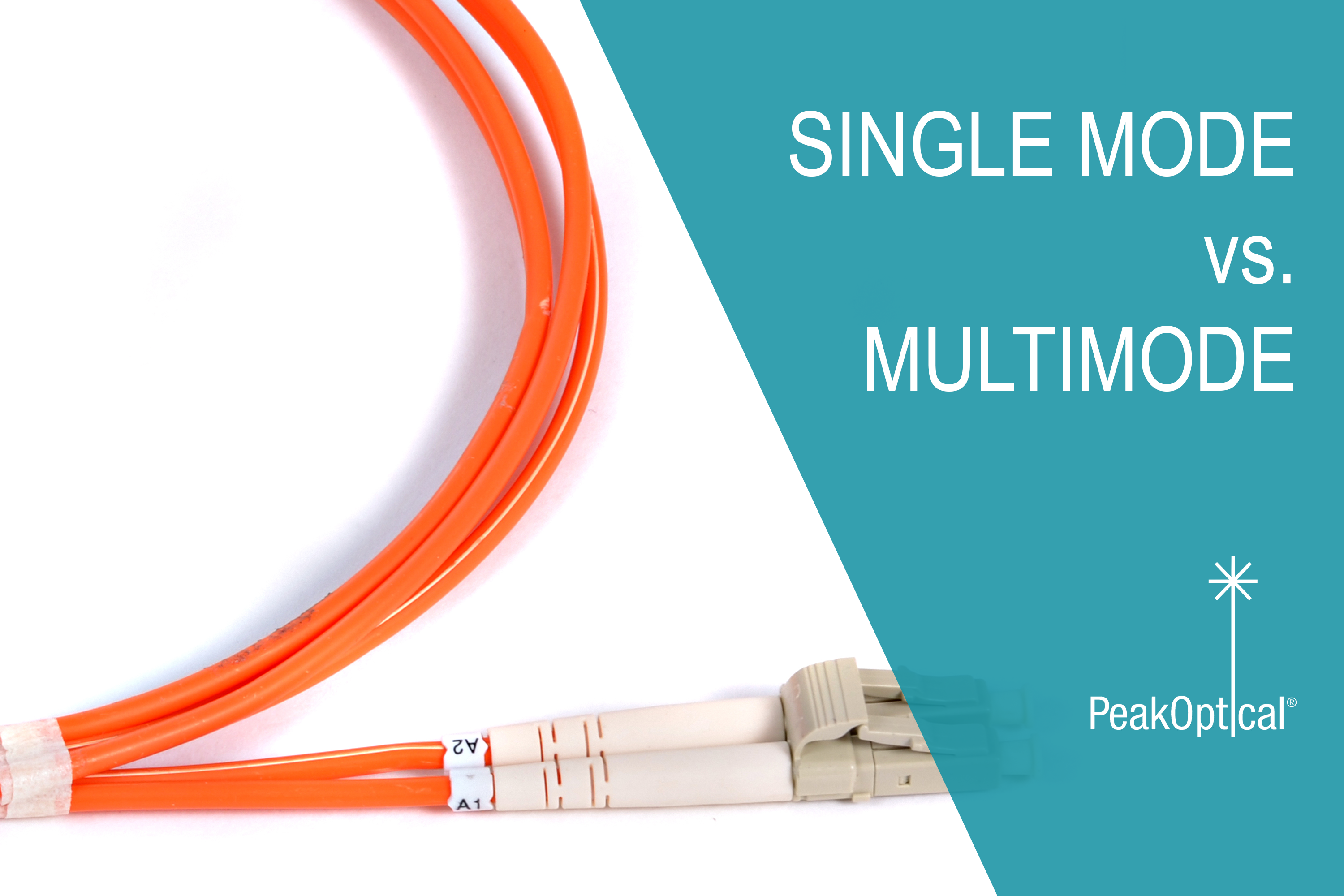
Single Mode Vs Multimode Fiber Optic Cables Peakoptical A S

What S The Difference Between Singlemode And Multimode Fiber Patch Cables Manufacturer Network Cables Supplier Comnen

Single Mode Vs Multimode Fiber Optic Cables Cleerline Ssf Fiber

Single Mode And Multimode Fiber Afl Hyperscale
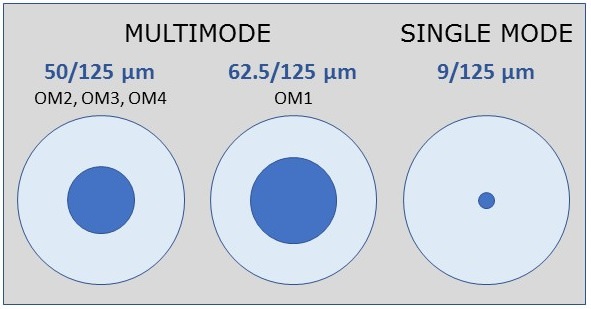
Single Mode And Multimode Fiber Cable Explained
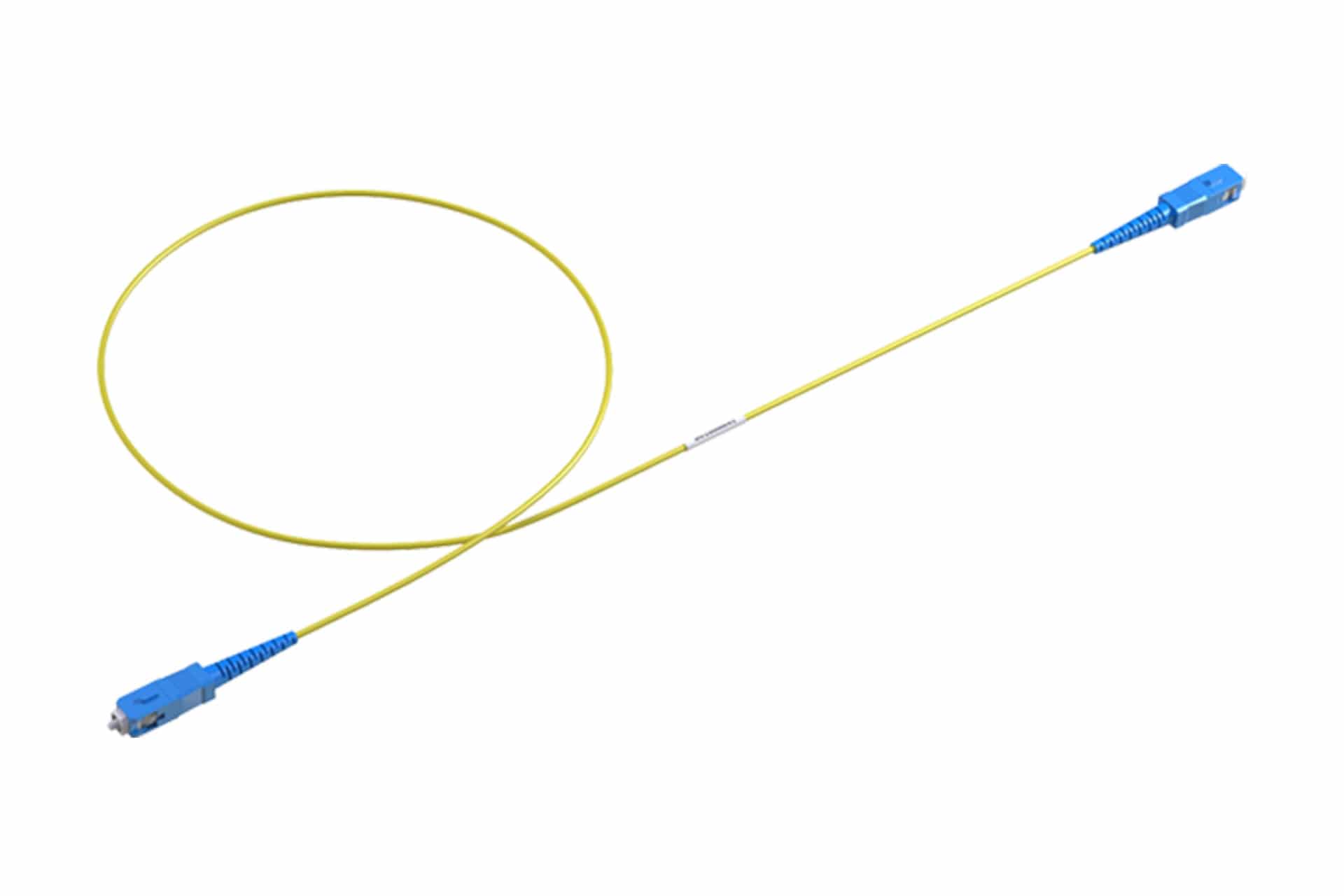
Single Mode And Multimode Fiber Afl Hyperscale
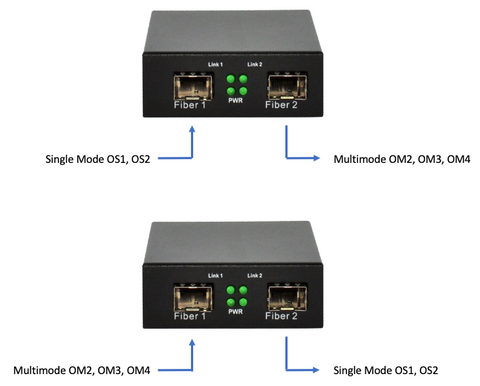
How To Convert Single Mode Fiber To Multimode Fiber And Vice Versa Techlogix Networx
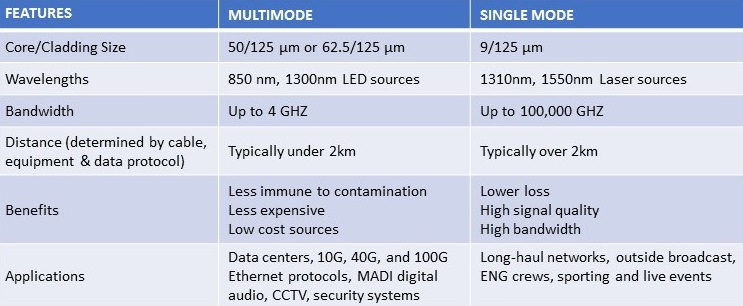
Single Mode And Multimode Fiber Cable Explained

Singlemode Vs Multimode Optical Fibre

Alcohol Sensor Based On Single Mode Multimode Single Mode Fiber Structure

Multi Mode Vs Single Mode Fiber Optic Cable Debates And Differences
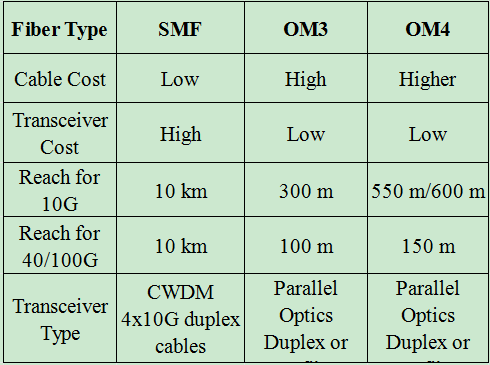
Multi Mode Or Single Mode Optics For 40gbe Network Fiber Optic Solution
Singlemode Vs Multimode Fiber The Real Differences
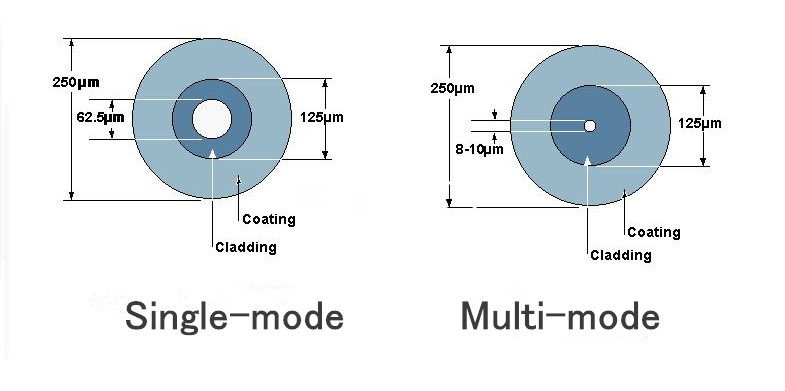
A Comparison Between Single Mode And Multimode Fiber Patch Cables Telecommunication

Single Mode Sfp Vs Multimode Sfp Differences

Black Box Flexpoint Media Converter Sc Multi Mode Sc Single Mode Lmc250a Network Adapters Cdw Com

Single Mode Vs Multi Mode Fiber Cable Explained Hd Youtube

Difference Between Single Mode Sfp And Multimode Sfp
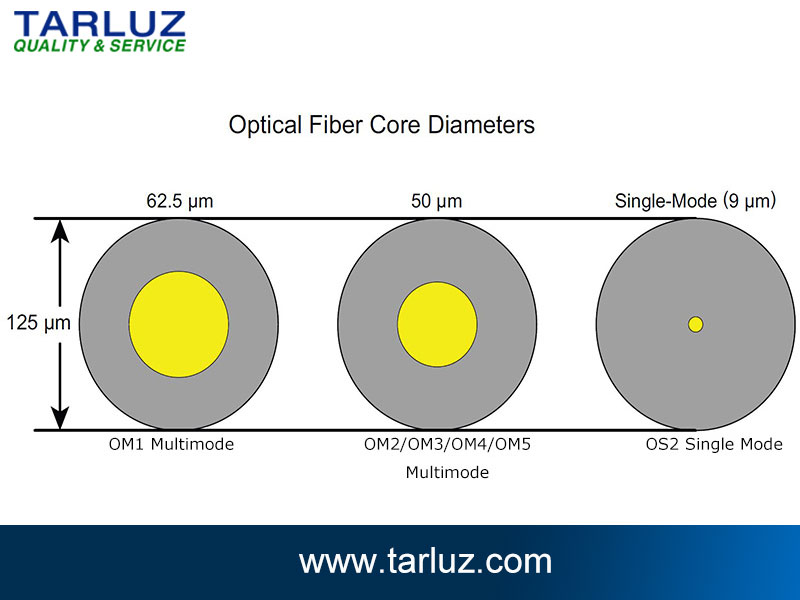
How To Choose Multimode Fiber And Single Mode Fiber Fiber Optic Information
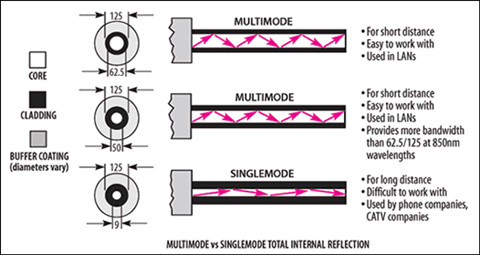
Single Mode And Multimode Fiber Specification Fiber Optic Cables Solutions

Differences Between Single Mode And Multi Mode Fiber Vitex

Single Mode Optical Fiber Wikipedia
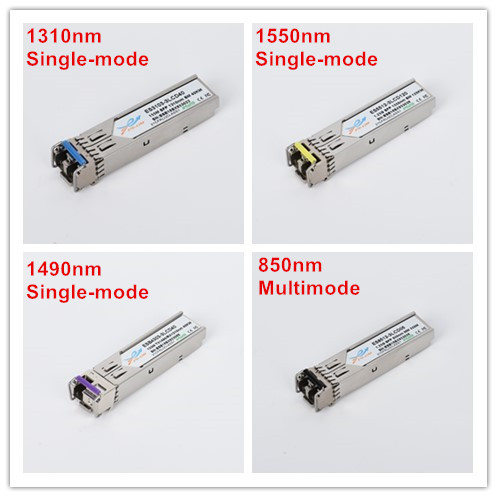
The Difference Between Multimode And Single Mode Sfp
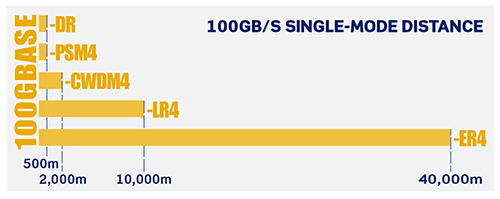
Single Mode Fiber Continues To Gain Momentum Network Solutions Leviton Blog

Wdm Fiber Coupler 850 1310nm Multimode Or Single Mode Oemarket Com

Single Mode Sfp Vs Multimode Sfp What S The Difference
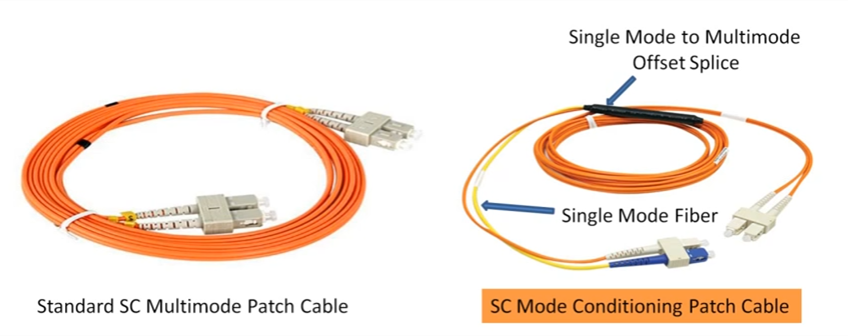
Will Multimode Fiber Sfp Transceiver Work Over Single Mode Fiber
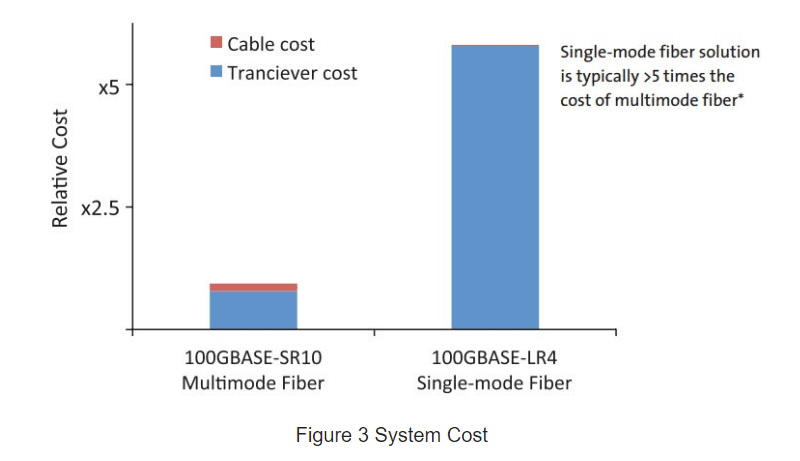
Single Mode Vs Multimode Fiber What S The Difference Fs Community
Types Of Fiber Single Mode Vs Multimode Showmecables Com
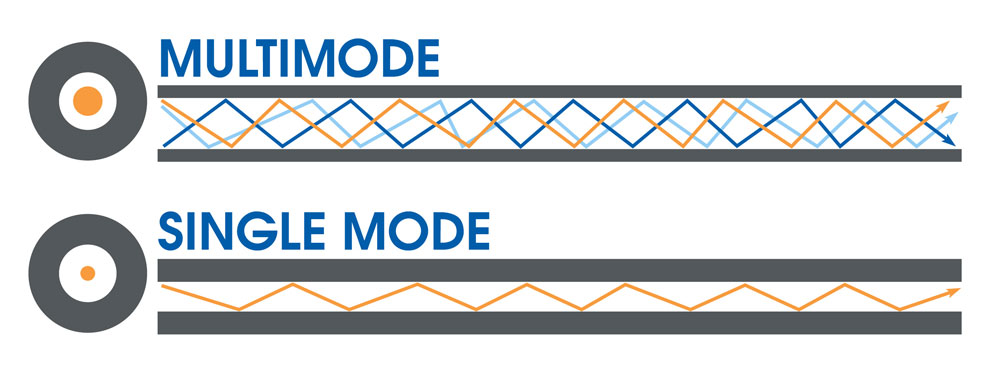
What Is Single Mode Vs Multimode Fiber Tc Communications

The Difference Between Single Mode Vs Multi Mode Fiber Optic Cable By Yda Ftth Medium
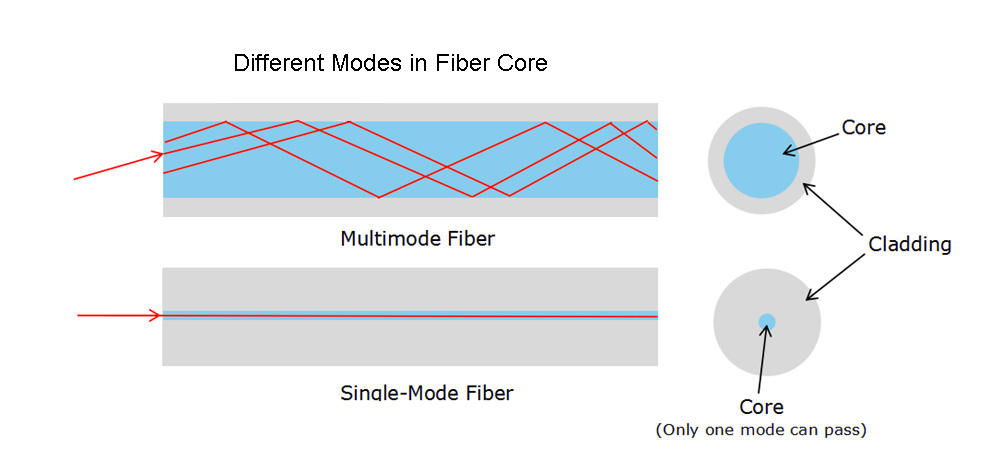
How To Realize Multimode To Single Mode Fiber Conversion Fs Community
(VERTICAL)(FIBER)(SFP).jpg)
Multimode To Single Mode Fiber Converters M7d Versitron

Theory Of Single Mode To Multi Mode Converters
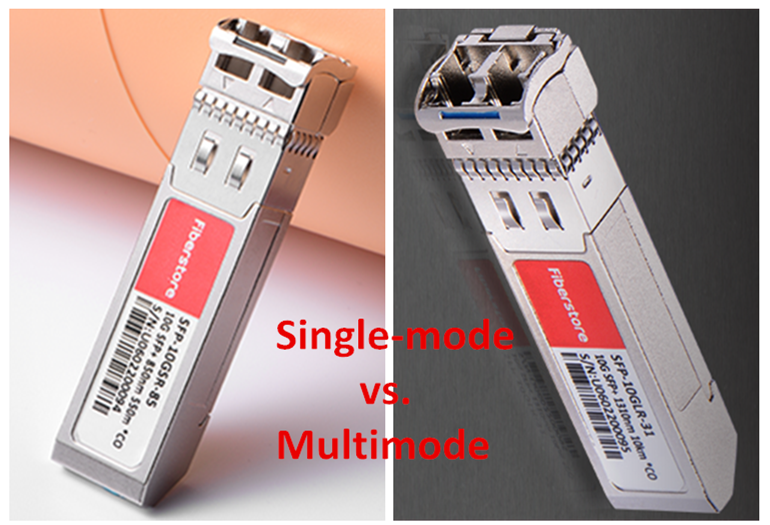
Differences Between Single Mode Multimode Fiber Optic Transceivers Fiber Optic Communication
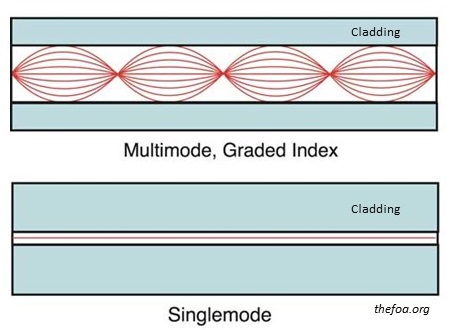
Single Mode And Multimode Fiber Cable Explained

Single Mode Vs Multimode Fiber Optic Cables Cleerline Ssf Fiber

Convert Multimode Fiber To Single Mode Fiber

Single Mode Vs Multi Mode Fiber Optic Cable Fiberonda Com
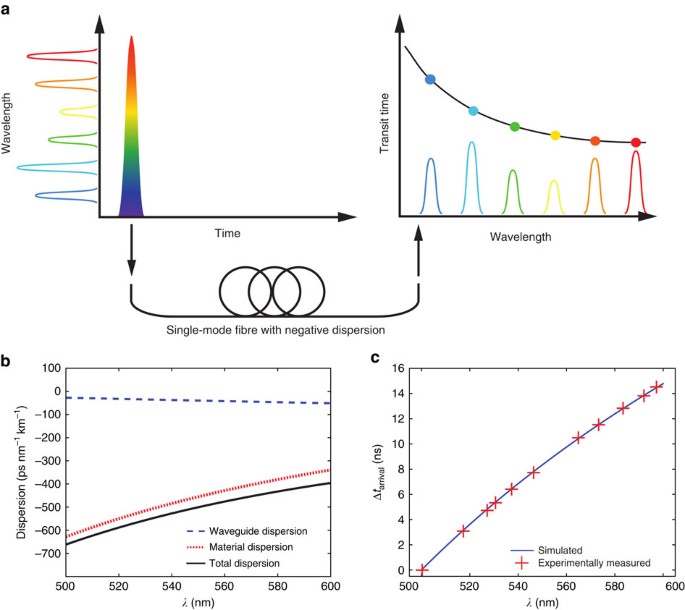
Multiplexed Single Mode Wavelength To Time Mapping Of Multimode Light Nature Communications
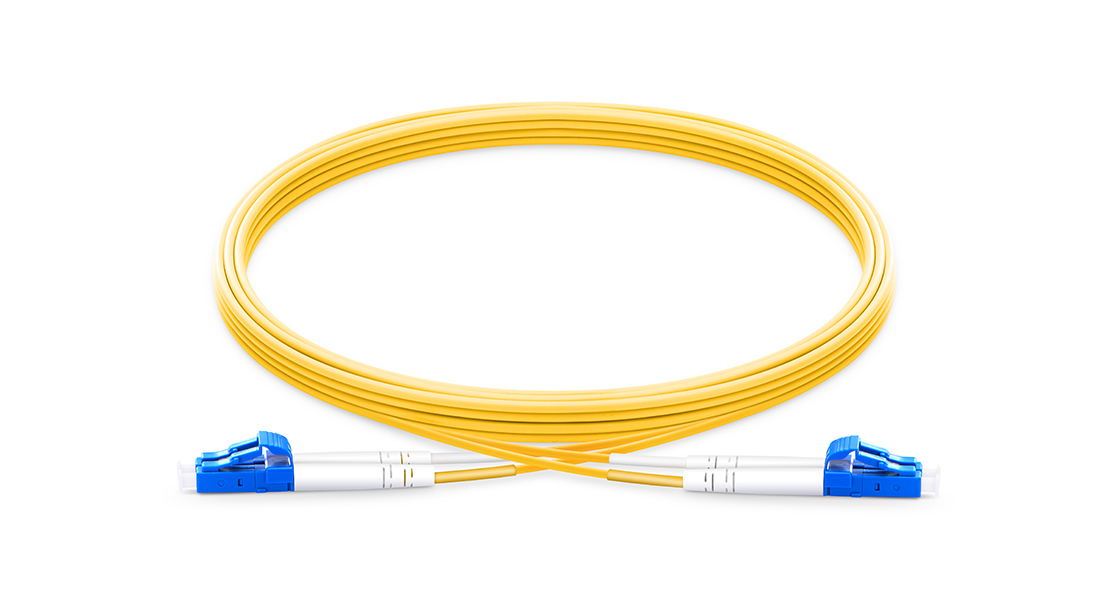
Single Mode Vs Multimode Patch Cord

Multimode Vs Single Mode Fibre

Fiber Optics

Single Mode Fiber Vs Multimode Fiber Which To Choose By Kerry Zhang Medium

Will Multimode Fiber Sfp Transceiver Work Over Single Mode Fiber

Fiber Optic Types Multimode And Singlemode Dintek Articles Dintek Electronic Ltd
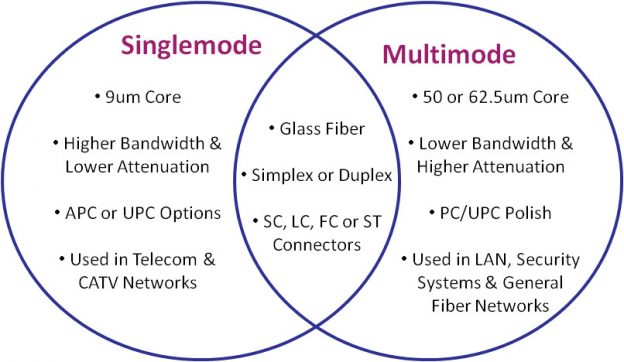
Single Mode Fiber Vs Multimode Fiber Which To Choose
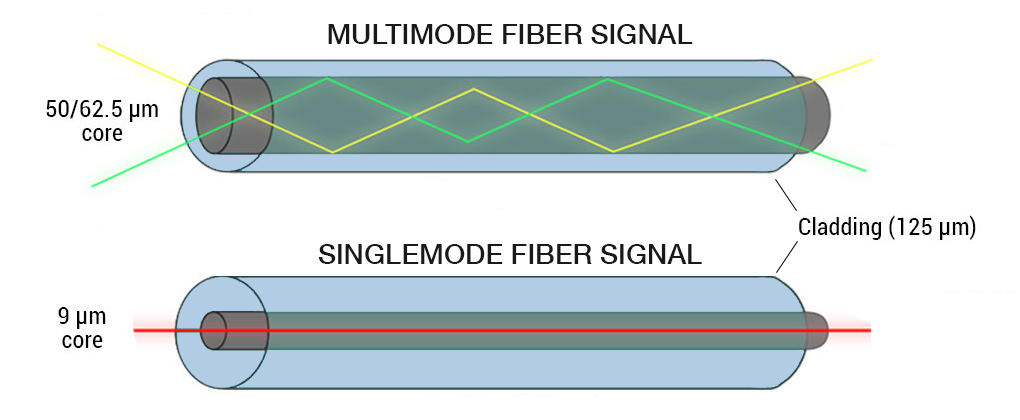
Multimode Vs Singlemode Fiber American Fibertek

Fiber Optics Part 2 Single Mode Fiber Vs Multi Mode Fiber Cisco Blogs

Can I Use Single Mode Equipment Over Multimode Cable And Vice Versa

Single Mode Fiber Patch Cable Vs Multimode Fiber Patch Cable Fiber Optic Tech

Difference Between Single Mode And Multi Mode Fiber

Difference Between Single Mode And Multimode Fiber Optic Cable

The Merits Of Single Mode Vs Multimode Fiber Optics Epic Insights Autumn 18 Europhotonics

Single Mode Sfp Vs Multimode Sfp

Understanding Fiber Optics Your Quick Guide To Sfp Transceivers
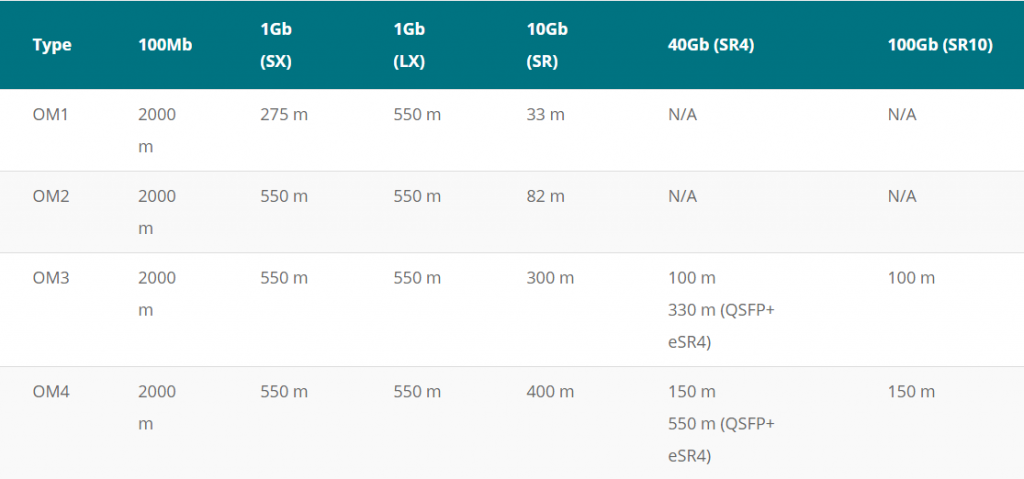
Single Mode Vs Multimode Fiber Optic Cables Peakoptical A S
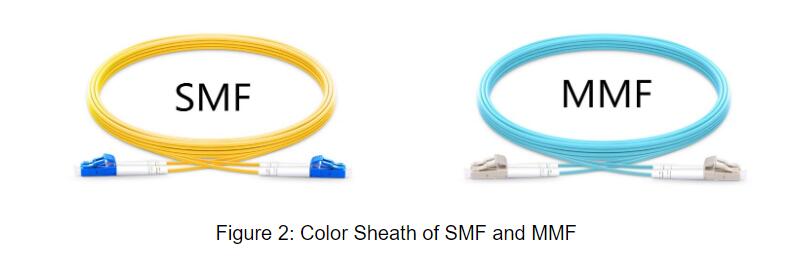
Single Mode Vs Multimode Fiber What S The Difference Fs Community
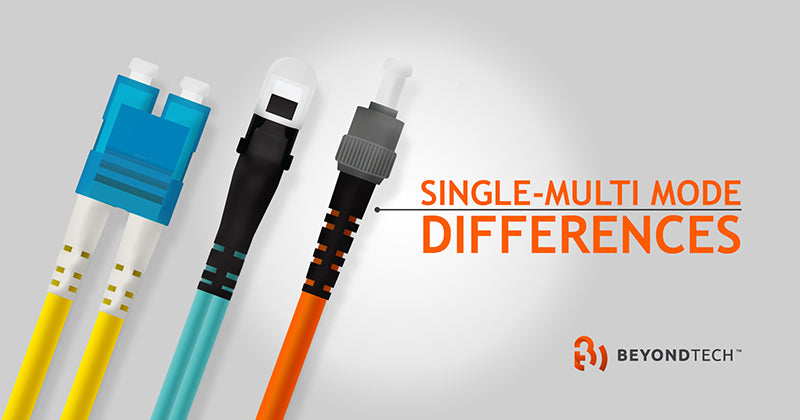
Difference Between Singlemode And Multimode Fiber

Single Mode And Multimode Fiber Optic Cables

Does Multimode Sfp Work Over Single Mode Fiber Cable By Monica Geller Medium

Cost Comparison Single Mode Vs Multimode Fiber Optics Fiber Optic Solution

Mode Coupling Receivers A Mcr1 Fused Single Mode Fiber To Multimode Download Scientific Diagram

Fiber Optic Single Mode Fiber To Multimode Fiber Converter

Efficient Multi Mode To Single Mode Fiber Coupling Introduction My Laser Spectrum

Single Mode Vs Multimode Fiber What S Difference

What You Must Know About Single Mode Fiber Laser Markers Fabricating And Metalworking

Fiber Optic Cable Types Multimode And Single Mode Rf Industries
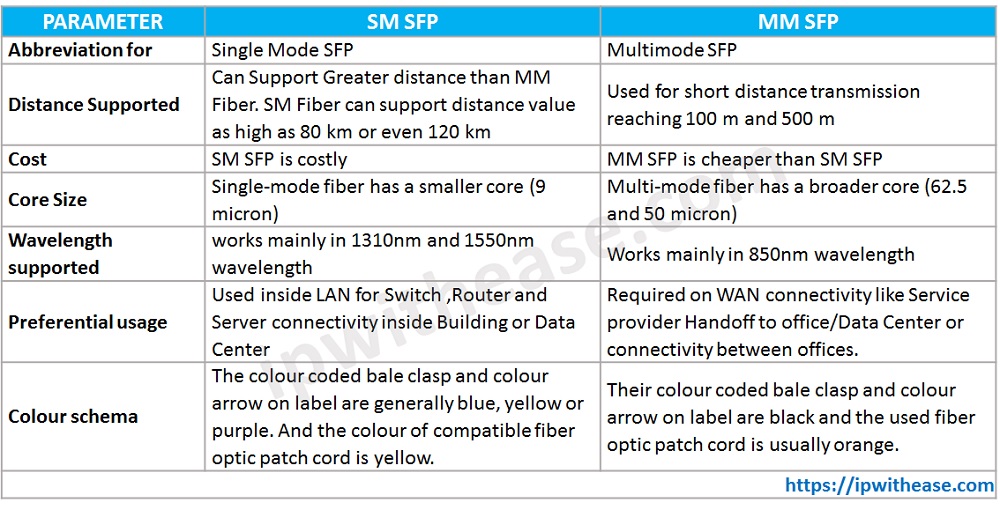
Single Mode Sfp Vs Multimode Sfp Ip With Ease

Single Mode Vs Multimode Fiber What S Difference

File Multimode Vs Single Mode Fiber Png Wikimedia Commons

When To Convert From Multimode To Single Mode Peakoptical A S

Singlemode Fiber And Multimode Fiber Optic Cable Differences Icc
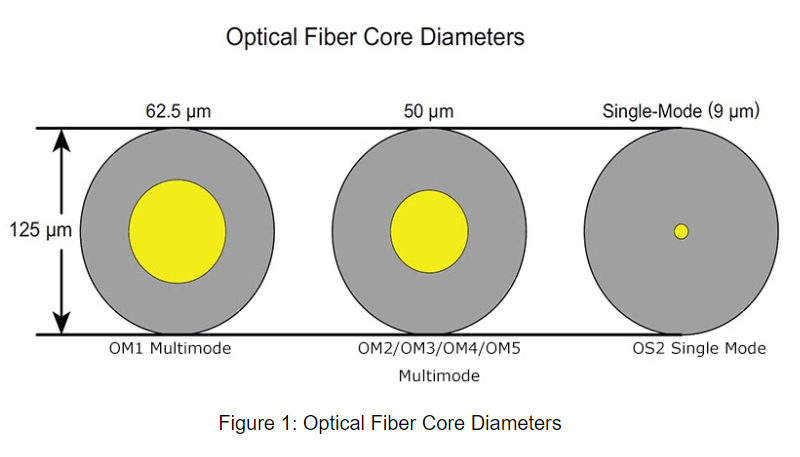
Single Mode Vs Multimode Fiber What S The Difference Fs Community

Multimode Vs Single Mode Fibre

Single Mode Fibers Vs Multi Mode Fiber 10 Major Differences Viva Differences

Do You Know About Mode Conditioning Patch Cord

Efficient Multi Mode To Single Mode Fiber Coupling Introduction My Laser Spectrum

Singlemode Will Go The Distance Cabling Installation Maintenance

Multimode Fiber Optic Cable Or Single What S The Difference
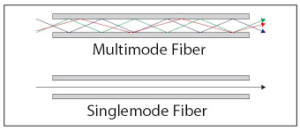
How To Choose Multimode Fiber And Single Mode Fiber Fiber Optic Information

What Are Achievable Distances Of Singlemode Vs Multimode Fibre Universal Networks

Difference Between Single Mode Fiber And Multi Mode Fiber Home

Fiber Optics Part 2 Single Mode Fiber Vs Multi Mode Fiber Cisco Blogs
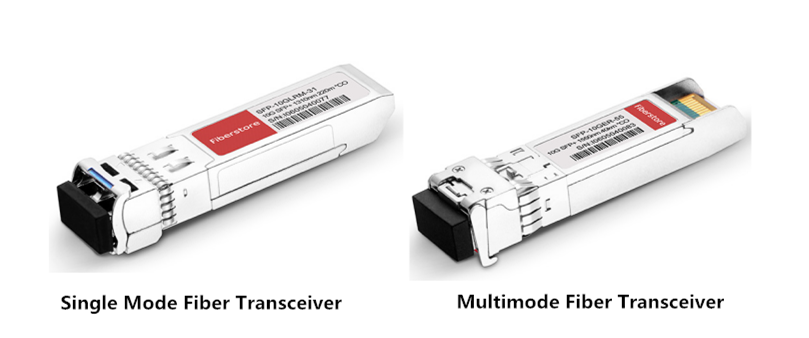
Single Mode Fiber Transceiver Archives Fiber Optic Componentsfiber Optic Components

1 To 10 Mbps Multi Mode To Single Mode Fiber Optic Converter

Singlemode Or Multimode Glass Fiber What Is The Next Trend

1 25gbps Multimode To Single Mode Converter Fibertronics

Single Mode Vs Multimode Fiber Optic Cables

Selecting Fiber Type And Count Cleerline Ssf Fiber

Single Mode Vs Multi Mode Vialite Communications

Series 101 Multimode Vs Singlemode Www Flukenetworks Com



